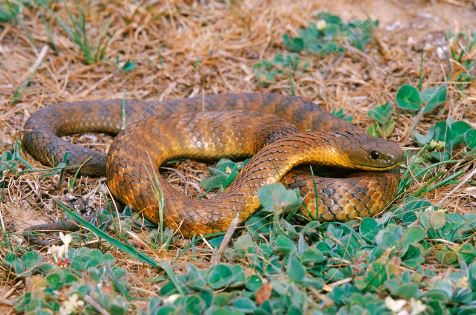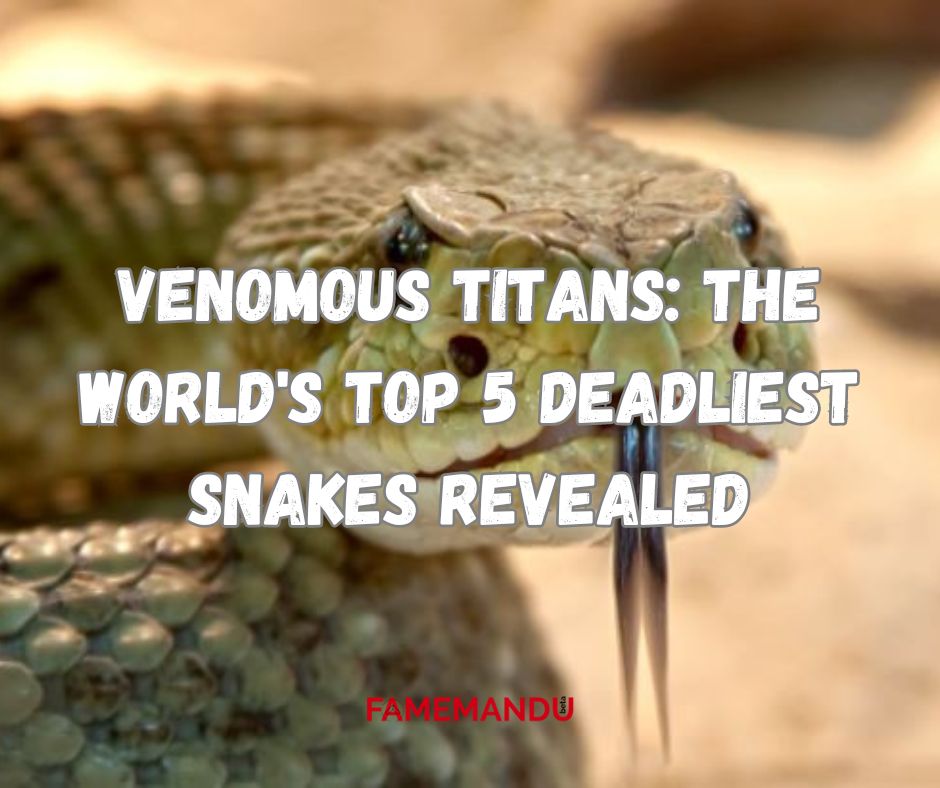1. Inland Taipan (Oxyuranus microlepidotus)
The world’s most venomous snake is the Inland Taipan, or Oxyuranus microlepidotus as it is officially known. This reptile, which is native to Australia’s arid regions, is distinguished by its slim build and subdued coloring, which ranges from olive to light brown. The Inland Taipan, which is well-known for its strong neurotoxic venom, targets small mammals with amazing precision. In spite of its intimidating image, this snake is evasive and inherently timid, rarely coming into contact with people. A combination of strong poisons found in the venom can quickly lead to paralysis and organ failure. Fortunately, because of the snake’s isolated environment and the rarity of human encounters, human fatalities are exceedingly rare.
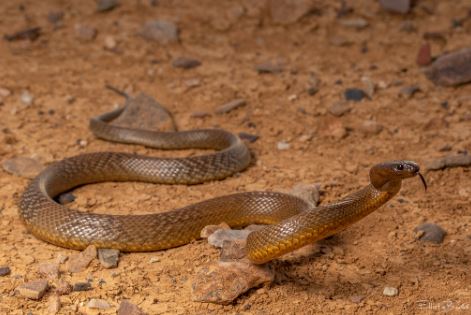
2. King Cobra (Ophiophagus hannah)
The world’s longest poisonous snake, the King Cobra (Ophiophagus hannah), is feared for both its formidable bite and graceful appearance. Located in Southeast Asia’s thick woods and grasslands, this impressive snake can grow up to 18 feet (5.5 meters) in length. The olive-green scales and stunning hood of the King Cobra serve as telltale signs of this adept predator, which eats other snakes. It poses a serious risk to both people and large prey because to its neurotoxic venom, which can also result in respiratory failure. King Cobras have a reputation for being fierce, yet they are actually very solitary and possessive. Since habitat degradation and illegal trade continue to be dangers to their survival, conservation activities are essential.
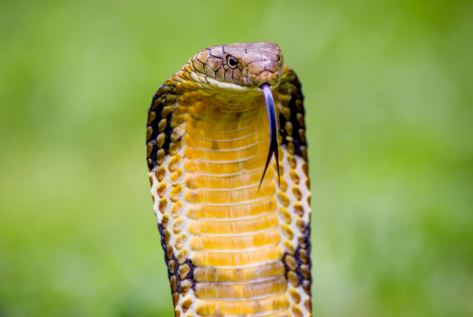
3. Black Mamba (Dendroaspis Polylepis)
The Black Mamba (Dendroaspis polylepis) is a snake that is feared throughout Africa. It is renowned for its dexterity, swiftness, and strong venom. Although it is not truly black, the term comes from the dark interior of its mouth. This thin snake, which is found in the rocky highlands and savannas of eastern and southern Africa, may travel at up to 12 miles per hour (19 km/h). Its repeated bites can release its neurotoxic venom, which can cause paralysis and is frequently fatal if treatment is not received. Because they are very protective of their territory, black mambas will raise their heads and show their dark mouths in a familiar threat posture. These snakes, despite their intimidating image, are mostly timid and would rather stay out of people’s way.
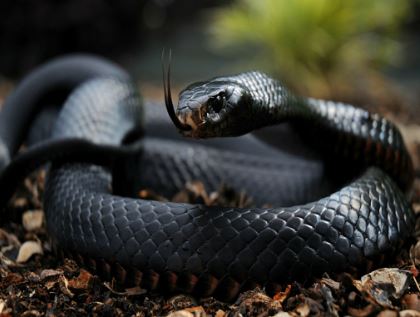
4. Saw-Scaled Viper (Echis Carinatus)
The Saw-Scaled Viper (Echis carinatus) is a very toxic snake that is characterized by its diminutive stature, unique saw-like scales, and strong venom. This nocturnal serpent, which is found throughout much of Africa, the Middle East, and the Indian subcontinent, gets its name from the rasping sound it makes when it feels threatened—a sound made by rubbing its scales together. It is typically between one and three feet (30 and 90 cm) long, and its strong hemotoxic venom can lead to significant tissue damage and coagulation difficulties. Biting incidents involving humans are common because vipers are adept at hiding and are readily agitated. The Saw-Scaled Viper, despite its small size, is the cause of a considerable number of snakebite fatalities in its region, highlighting the significance of cautious interaction and timely medical assistance.
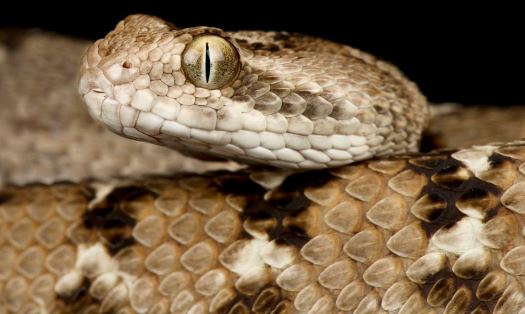
5. Eastern Tiger Snake (Notechis Scutatus)
Tasmania and other eastern and southern parts of Australia are home to the venomous Eastern Tiger Snake (Notechis scutatus). It is characterized by a tiger-like banded pattern and a wide range of colors, from olive to brown. These snakes, which are usually found in grasslands, wetlands, and coastal habitats, are renowned for their ability to adapt to a variety of settings. With a maximum length of 5 feet (1.5 meters) and a strong neurotoxic venom, they are dangerous to both humans and their prey. Even though they are poisonous, Eastern Tiger Snakes are often timid and want to stay out of conflict. They do, however, have the ability to become aggressive when provoked, which highlights the significance of protecting their habitats and using caution when near snakes.
